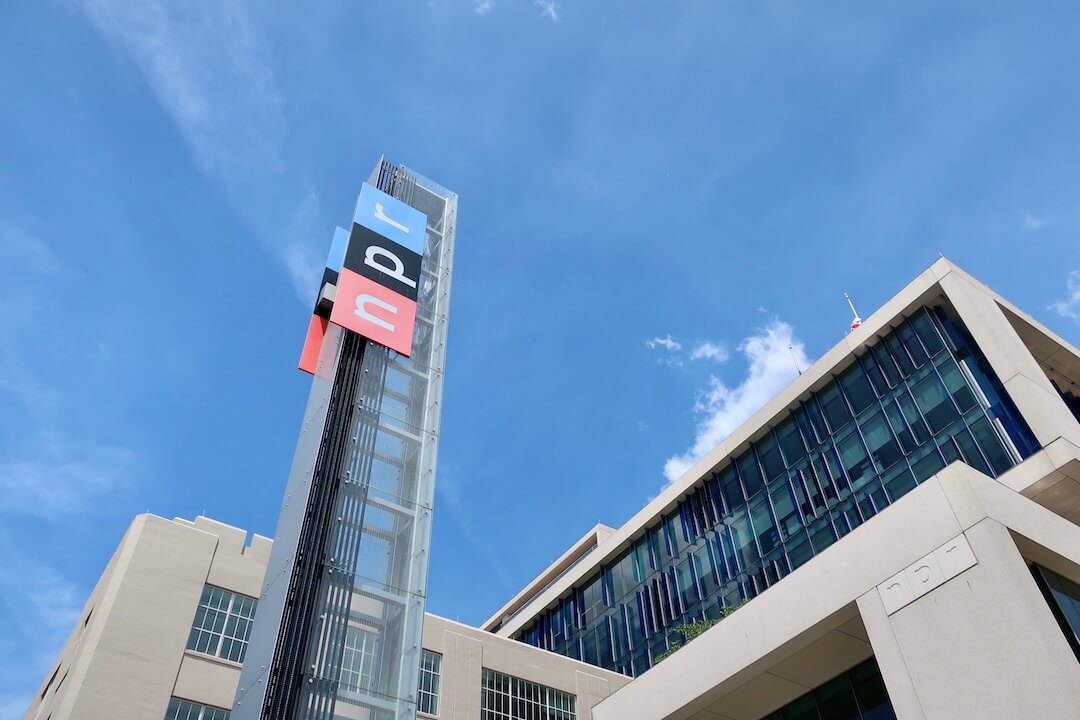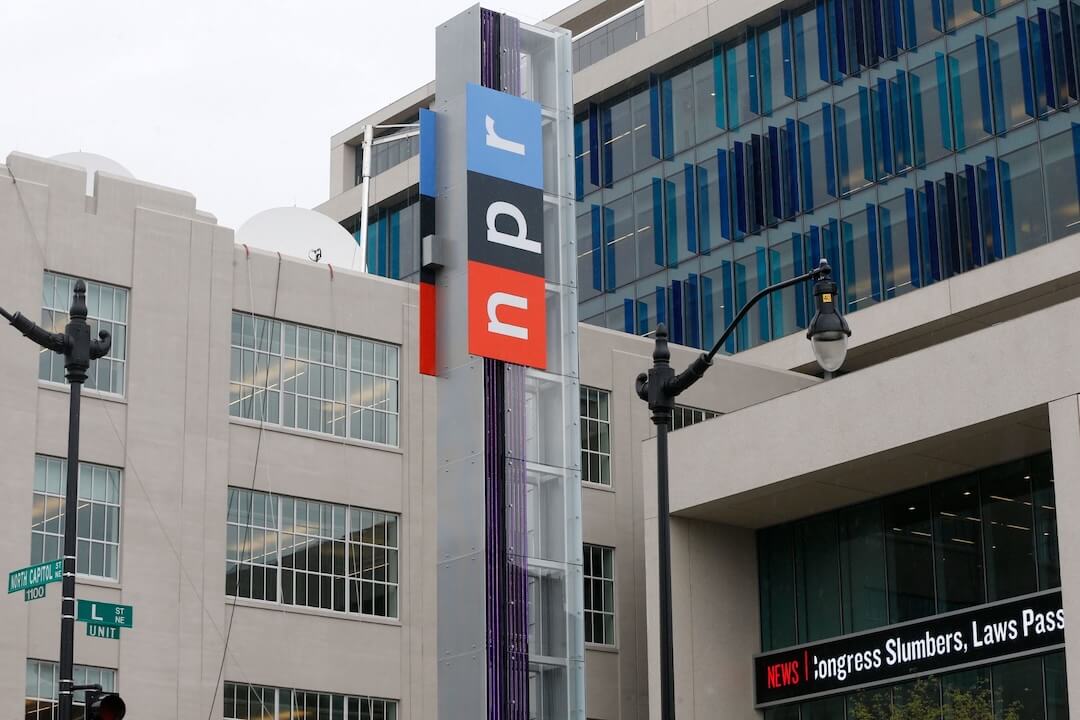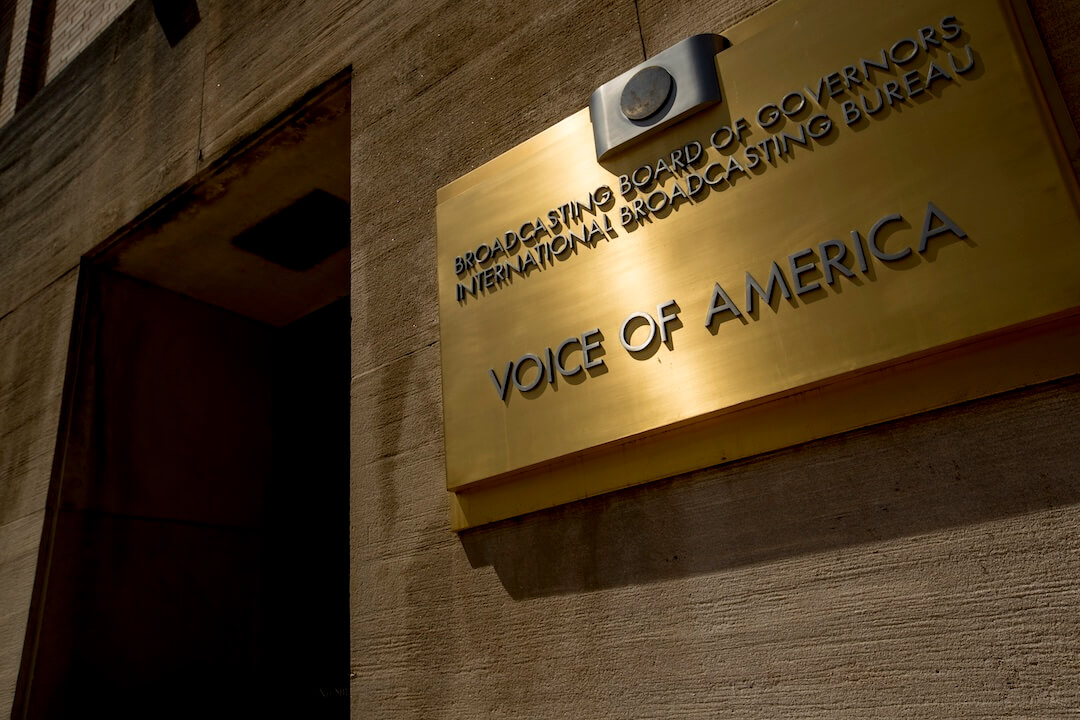The newspaper industry narrowed its total revenue loss in 2013 to 2.6 percent, the best performance since 2006, according to figures released today by the Newspaper Association of America.
As suggested by earlier year-end reports from public companies, daily and Sunday print advertising revenues were down 8.6 percent and total advertising revenues down 6.5 percent.
 However, circulation revenues grew for the second consecutive year, up 3.7 percent in 2013 compared to a 5 percent increase in 2012. That was driven by continued adoption of paywall plans, now at more than 500 of the roughly 1,400 dailies.
However, circulation revenues grew for the second consecutive year, up 3.7 percent in 2013 compared to a 5 percent increase in 2012. That was driven by continued adoption of paywall plans, now at more than 500 of the roughly 1,400 dailies.
Revenue from digital-only subscriptions was up 47 percent, and print + digital bundled subscription revenue grew 108 percent. With many newspapers now offering all print subscribers a free digital access bundle, revenue from print-only subs and single-copy sales was down 20 percent.
Besides the circulation gain, the industry had 2.4 percent growth in digital marketing services offered to local businesses and showed some growth in newer activities like events and conferences.
Total revenue for the industry stands at $37.59 billion compared to $38.60 billion in 2012. Of that, $10.87 billion comes from circulation.
The NAA calculates digital advertising revenue rose 1.5 percent for the year and now accounts for 19 percent of ad revenues. Mobile ad revenue, though still very small, increased 77 percent in 2013.
The NAA has made several changes in how it computes and releases these figures in recent years. In 2013, it stopped releasing quarterly reports, which CEO Caroline Little said usually resulted in negative coverage and thus fueled a “newspapers are dead” narrative.
Starting with last year’s report for 2012, the NAA began trying to include more different sources of revenue in the computation. That resulted in the discovery of about $5.5 billion in revenue in such activities as contract printing and weekly and niche publications owned by dailies that had not been previously counted.
Because of those changes total industry revenue figures for the last two years cannot meaningfully be compared to those for earlier years.
The NAA estimates are based on a survey of both public and private companies along with projections for those papers not reporting.
Today’s report does not include updated estimates for daily and Sunday circulation, the number of daily papers and industry digital traffic. Metrics and sources for these numbers are in transition.
The results underscore the thesis of former NAA Chairman Jim Moroney, publisher of The Dallas Morning News, and others that new revenue streams apart from traditional advertising and circulation are becoming a key element of financial improvement.
Though digital ad revenue gains again failed to make up for print revenue losses, there was mildly encouraging news on that front. Despite continued downward pressure on prices and tough competition from digital giants with virtually no news operations, the industry eked out a gain.
The NAA also calculated that “pure play” digital ads — that is ones not sold in a combination with print schedules — now account for nearly a quarter of the digital ad total.
The figures also bear on the continuing debate on paywalls.
Companies that continue to offer all digital content for free like many Digital First papers and all of Advance’s are sitting out the main source of revenue growth over the last several years. They are growing digital traffic much more quickly than most, but it is unclear how their digital ad revenue growth compares with potential circulation revenue left on the table.
Paywall critics like Digital First CEO John Paton have suggested that the gains amount to a one-time price increase and may be hard to sustain or even maintain after the first year or two. Part of the 2013 growth doubtless comes from new digital and bundled pay plans.
But The New York Times has introduced both higher and lower priced versions of its initial pay plan this spring, and others are expected to follow suit. So that could be a basis for continued circulation revenue growth on top of the first surge.
Public companies have not yet reported their first quarter 2014 results, but the trend of print and total revenue loss continues. That is resulting in current or prospective cuts to newsrooms and business operations at many companies.
Clarification: A previous version of this story reported the narrower revenue loss in 2013 was the best performance since the mid-2000s. For clarity, it is since 2006.








Comments